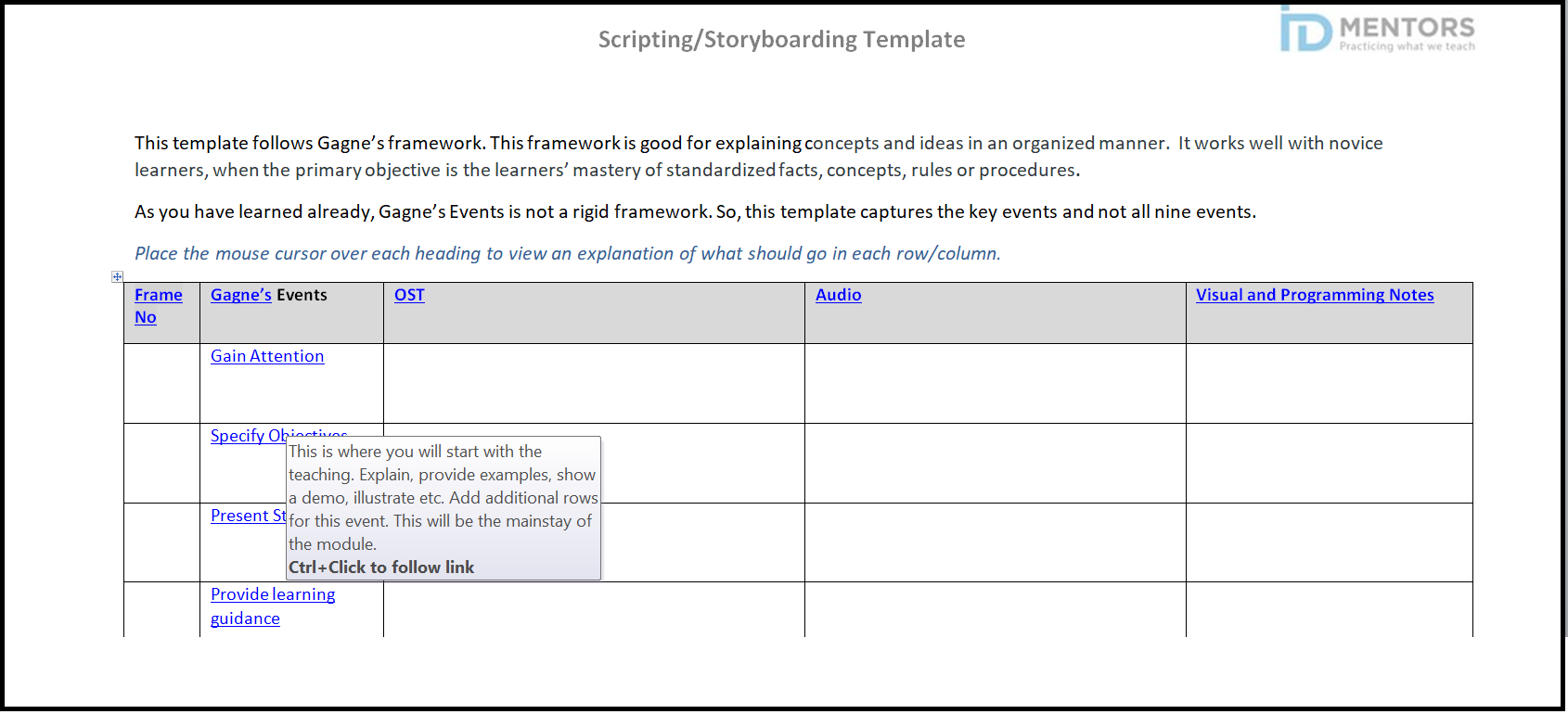
Did you know?
Harry Beck, an engineering draftsman is credited with the design of the London Tube map as we see it today. Unlike regular maps that focus on distance, details, and geographical accuracy, this one resembles a circuit diagram. The neat, clear and color-coded criss-crossing lines is designed with such simplicity and elegance that it later became the template for transport maps all over the world. What was the reason for the wide-spread adoption of this map? First, it is very user-friendly – the map is rendered from a commuting and commuter perspective. And second, by reducing geographical details all routes fit into a single pamphlet, which was rendered as a folding pocket map making it easily accessible.
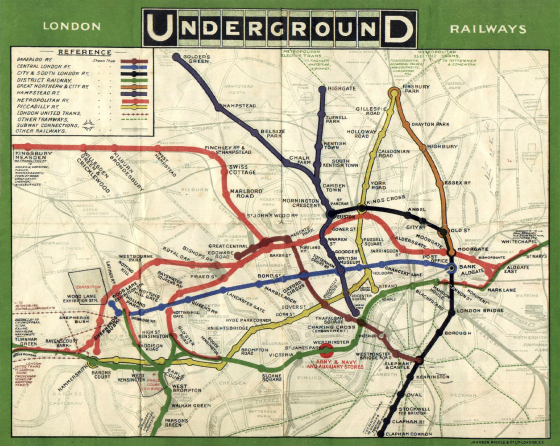
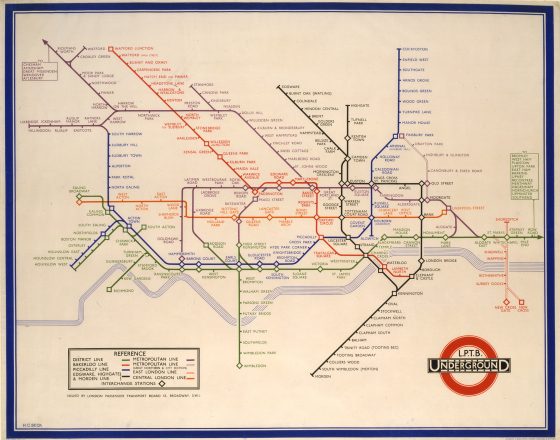
What from this example can we apply to the design of job-aids? Before we delve into that, it is important to understand two principles of cognitive design.
Cognitive design principles
Barbara Tversky in her book, Mind in Motion, puts forth two cognitive design principles, which are:
- “Principle of Correspondence: The content and form of the representation should match the content and form of the targeted concepts.
- Principle of Use: The representation should promote efficient accomplishment of the targeted tasks.”
Let me try and explain the two principles with the help of an example. Suppose you are designing a user manual for a software product. In this case, the screengrabs are representative of the actual screens in the software, and the order of their appearance corresponds to the real order in which the screens will appear when you work with the software. This is the principle of correspondence. Now suppose the manual is created as a hard copy and is a huge book. It may not be available to the user at the moment of need. On the other hand, if the software itself contains tool tips, that makes it easier and more efficient. This is one way to address the principle of use.
Cognitive design principles in the London tube map
For a moment, let’s go back to the London tube map. As Barbara Tversky explains, the principle of use overrides the principle of correspondence here. The map doesn’t represent the true shape of London, nor does it represent the actual distance between stations or the various landforms. But it is very practical and easy to use – which means that it meets the principle of use.
The subtext here is this – in order to design effective reference material you may have to make a trade-off between the two principles – correspondence and use.
Guidelines for designing a job-aid
The process of designing a good job-aid involves complex decision-making and depends upon the instructional designer’s understanding of the material and the target audience. Once you have done this, you need to scope the content.
As the next step, identify the material that will be referenced or used for performing a task as against the material that needs to be learned and understood to perform the task.
Let me illustrate this with the help of an example.
What does an instructional designer need to understand for scripting/storyboarding a module? What materials are used to complete this task? The image below captures this. Quite a bit, isn’t it? And handling all this may be too much for a novice instructional designer. So, when you design training material for new instructional designers, you focus on teaching the ID principles, and create job-aids for the formats and standards.
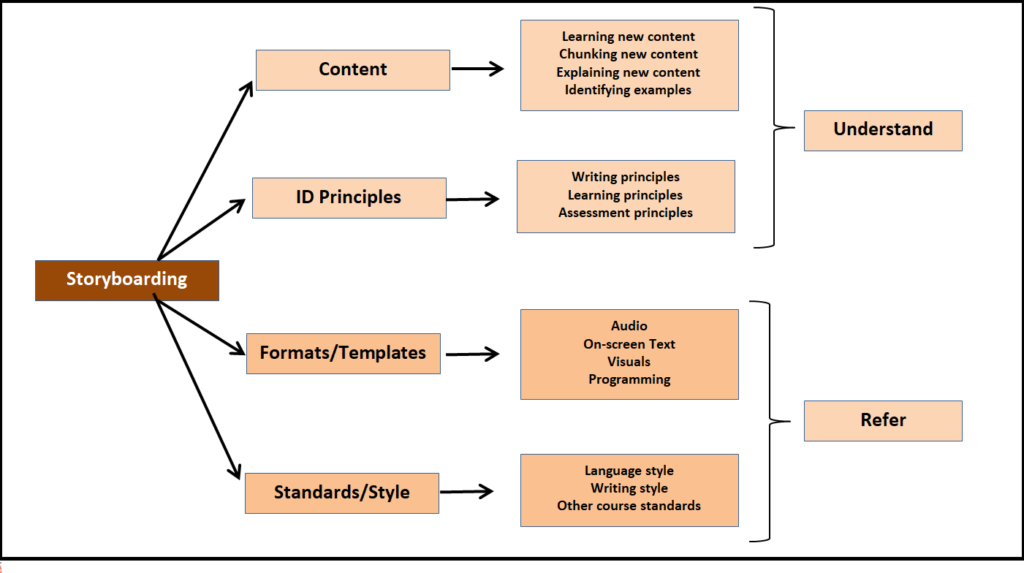
So, you now know which material needs to be taught, and which needs to be referenced. Next, apply the cognitive design principles to design the reference material.
Here is how we converted the script/storyboard format in Word into a job-aid.
- To address the principle of correspondence, we made sure that the job-aid matches with the tabular format that many instructional designers use to script/storyboard.
- To address the principle of use, we added a column that reflects an instructional design framework (Gagne’s Events/Kolb’s Model), which is meant to guide users to include mandatory learning elements. The headings in various cells display comments on mouse over. This serves as a ready reckoner and eliminates the need to refer to a separate document. And since all this added within the format, it is available to the instructional designer at the moment of need.
The examples below showcase this format.
Example 1 is a format based on Gagne’s Events. The second column in the format lists Gagne’s Events, the details of which may be viewed on mouse over.

Example 2 is based on Kolb’s model. Again, the second column lists the stages in the model, the details of which may be viewed on mouse over.
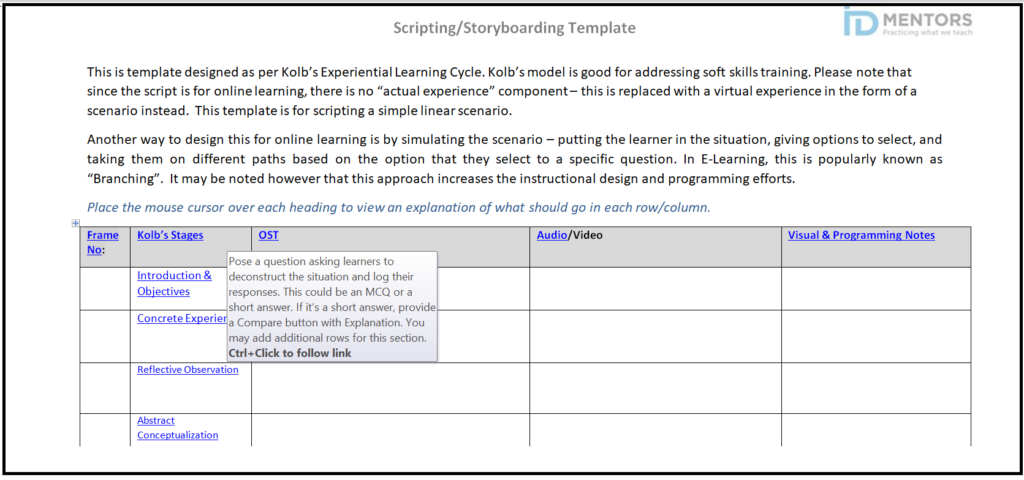
Job-aid: Formats
The purpose of a job-aid is to address the just-in-time need of an employee in the workplace. Information that is used only occasionally, or is too much to recall can be presented in the form of job-aids. What I have shared here is just one of the ways to render these. There are other forms too as detailed below.
- Ready Reckoner – Step-by-step procedure with illustrations/graphics to complete a task
- Flowcharts – A process flow diagram depicting input and output, and the various stages, entities involved in an organizational process.
- Checklists – A document listing a set of tasks that need to be completed as part of an activity/responsibility.
- FAQs – A set of questions designed to address common queries and problems along with answers/solutions to these.
- If-Then Tables: If there are situations that require the employee to make decisions at work, If-Then Tables can be created.
Whichever format you choose, just make sure that you keep in mind the cognitive design principles. And depending upon the context, it is all right to make a trade-off between the principles.
Did you know?
To sum up, let me share an interesting piece of information about checklists. Do you know how and why the first checklist was designed? Well, here’s the story.
B-17, popularly known as the Flying Fortress was a U.S. heavy bomber used during World War II. However, the first B-17 flight crashed upon take-off. Investigations revealed that the Captain had left the elevator lock on, rendering the aircraft unresponsive to pitch control. What followed was a number of meetings and deliberations. These led to the conclusion that the B-17 pilots needed a checklist because the aircraft was too complex for a pilot’s memory! And with the help of these checklists, the B-17s took flight again, and the rest is history!


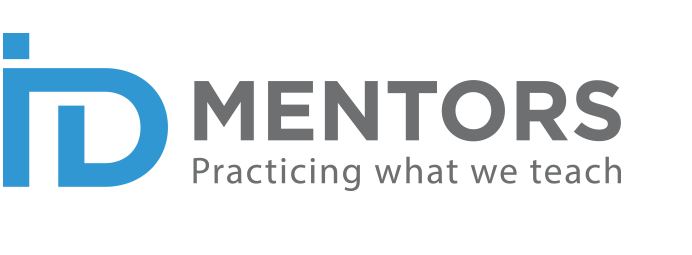
Recent Comments